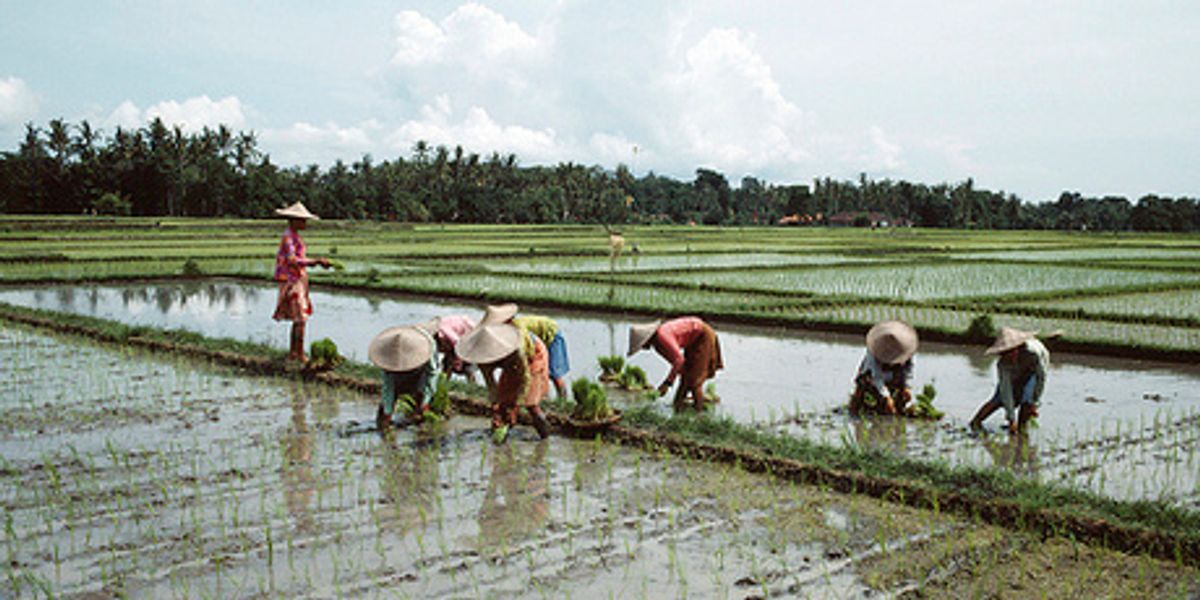The United Nations Framework Convention on Climate Change, adopted at Rio in 1992 with the solid support of the United States, commits the world to a long-term effort to take whatever measures are needed to avert what the treaty calls "dangerous" climate change. Yet the controversial Kyoto Protocol, adopted in 1997 to further that objective, was crippled from the outset when the United States declined to go along with it. Meanwhile, carbon emissions from fast-industrializing countries like China began to skyrocket--a development not foreseen at Rio and Kyoto--swamping reductions achieved by those implementing the Kyoto program, notably the leading European countries. As a result, those seriously concerned about global warming have become widely pessimistic about the ability of the world to avert dangerous climate change by means of carbon reductions--especially as modelers have been lowering the bar for what needs to be achieved in terms of atmospheric carbon concentrations.
So it is of some interest that scientists associated with Columbia University's Earth Institute and Goddard Institute for Space Studies have proposed a supplementary approach to greenhouse gas reduction that focuses on black carbon, popularly known as soot, and methane, a precursor to high-altitude ozone. In an article that Science magazine published yesterday, the scientists, led by Drew Shindell, assert that 14 measures to curb black carbon and methane could reduce global warming by a half degree Celsius by 2050--a sizable fraction of what experts have been saying needs to be accomplished to keep warming within reasonable bounds.
The downside: The scientists' strategy depends on a very large number of people reforning their traditional ways of doing things all over the world, whereas Kyoto-like programs target a relatively small number of well-defined carbon emitters. "To reduce methane," as a press release explains, "key strategies targeted by the study are capturing gas currently escaping from coal mines and oil- and gas-producing facilities; reducing leakage from long-distance pipelines; preventing emissions from landfills; updating wastewater treatment plants; draining rice paddies more often; and limiting emissions from manure on farms. For black carbon, strategies include installing more filters on diesel vehicles; taking the worst-polluting vehicles off the road; upgrading family cookstoves with cleaner-burning models; building more efficient brick kilns, boilers and coke ovens; and banning the routine burning of agricultural lands now common in many parts of the tropics."
The upside: the alternative program would bring major fringe benefits in just the parts of the world where carbon emissions are rising fastest today and where political resistance to cuts has been highest. In southern Asia, for example, which is often enveloped by an enormous brown cloud stretching way out into the Indian Ocean and Pacific, improved agricultural practices could translate into larger yields and fewer premature deaths from air pollution. In the Himalayas and Central Asia, where glacier melt has accelerated and a Gobi Dessert drought has spread into north-central China, soot reduction could cut warming two thirds in the next forty years.
Were all 14 proposed measures comprehensively adopted, the scientists say, as many as 4.7 million premature deaths from air pollution could be avoided each year, and annual crop yields might increase by as much as 135 million metric tons. Obviously it is unlikely that this detailed and complicated program will be fully implemented. But it deserves serious consideration, above all in Asia and Africa--not only by the countries of those regions, but by the various international agencies that support their economic and human development.



